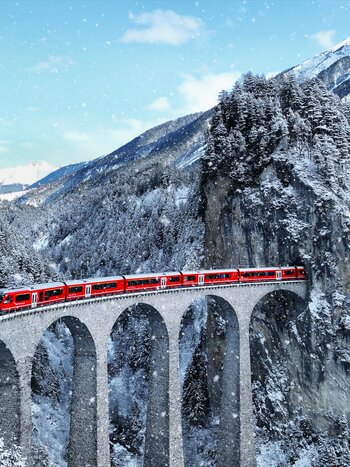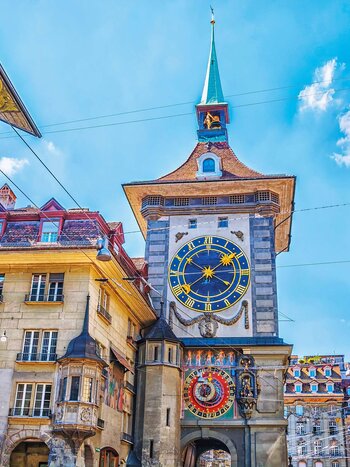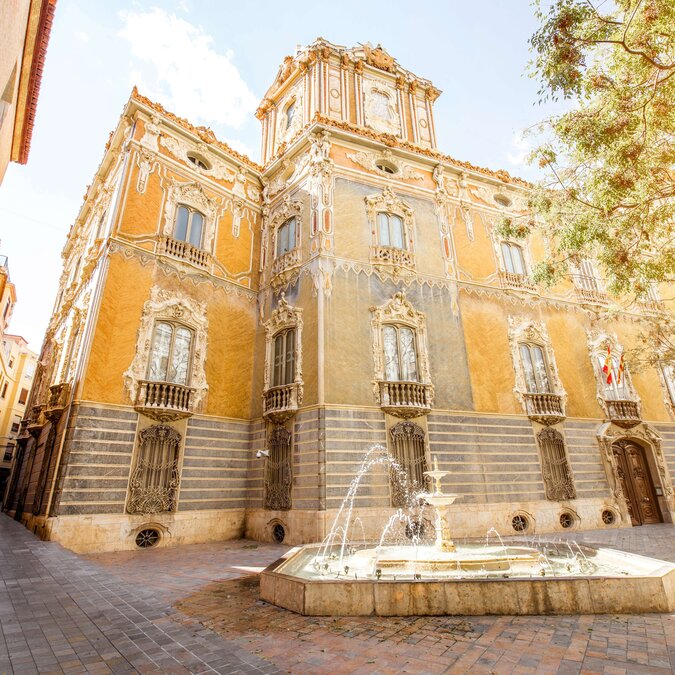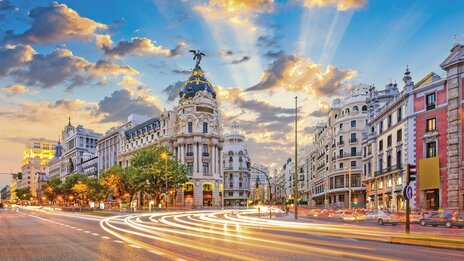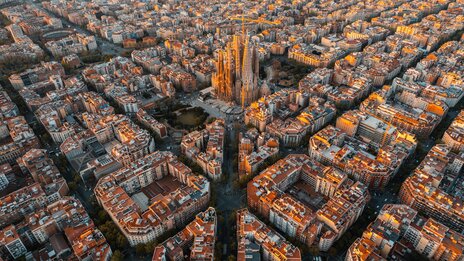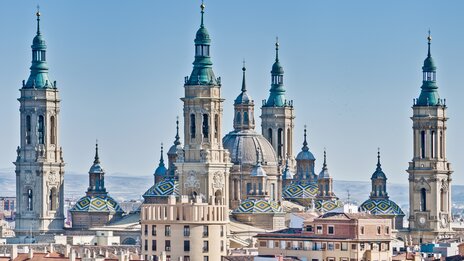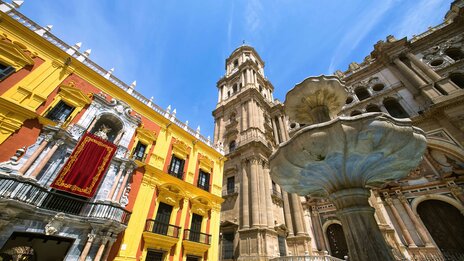Highlights
-
Valencia, the third largest city in Spain, combines tradition and modernity in a fascinating way. Situated on the Mediterranean coast, it is known for its historic old town, its futuristic architecture and its culinary specialities.
Highlights include the impressive Ciudad de las Artes y las Ciencias, a modern architectural and cultural centre, and Valencia Cathedral, where the Holy Grail is said to be kept. Valencia is also considered the birthplace of paella, one of the most famous Spanish dishes. With its sandy beaches, lively festivals such as Las Fallas and relaxed atmosphere, Valencia is a versatile holiday destination.
-
This masterpiece of modernist architecture was inaugurated by King Alfonso XIII after 10 years of construction (1916 - 1926). With an area of over 8,000 m2, you can find almost everything in the more than 1000 market stalls. Fresh fish, vegetables, meat, fruit ... Enjoy the unique atmosphere of the market and let yourself be enchanted by the smells and colours.
-
This masterpiece of modernist architecture was inaugurated by King Alfonso XIII after 10 years of construction (1916 - 1926). With an area of more than 8'000 m2 you will find almost everything in the more than 1000 market stalls. Fresh fish, vegetables, meat, fruit ... Enjoy the unique atmosphere of the market and be enchanted by the smells and colours.
-
The Silk Exchange (La Lonja de la Seda) in Valencia is an impressive example of late Gothic architecture and a symbol of the city's prosperity in the 15th and 16th centuries. This UNESCO World Heritage Site once served as a trading centre for silk, one of Valencia's most important economic sectors.
The building impresses with its magnificent portico, spiral columns and richly decorated façades. Particularly worth seeing are the orange courtyard and the ornate details that reflect the power and wealth of the merchant class of the time. The Silk Exchange is a cultural and historical highlight that brings Valencia's illustrious past to life.
-
Valencia Cathedral, also known as the Catedral de Santa María de Valencia, is a symbol of the city and a fascinating mix of different architectural styles, including Gothic, Romanesque and Baroque. It was built in the 13th century on the remains of an old mosque and expanded over the centuries.
A highlight of the cathedral is the Chapel of the Holy Grail, which houses a chalice that is venerated as the real Holy Grail. The famous El Miguelete bell tower offers a breathtaking view over the city. The cathedral is a cultural and spiritual centre of Valencia and a popular destination for visitors.
-
The Ciudad de las Artes y las Ciencias (City of Arts and Sciences) in Valencia is an architectural and cultural masterpiece that combines futuristic design with education and entertainment. Designed by Santiago Calatrava and Félix Candela, the sprawling complex includes impressive buildings such as the Hemisfèric (an IMAX cinema), the Oceanogràfic (the largest aquarium in Europe) and the Museo de las Ciencias (an interactive science museum).
The complex is surrounded by reflective water features and green walkways, making it a favourite place for relaxation and inspiration. The Ciudad de las Artes y las Ciencias is a symbol of the modern side of Valencia and a highlight for visitors of all ages.
-
Valencia offers a variety of culinary delights. Be it the Paella Valenciana - with chicken, beans and saffron, or the Horchata - a refreshing drink made from tiger nuts. There is something for every taste. Or savour one of the many culinary delights in one of the small restaurants in the old town.


